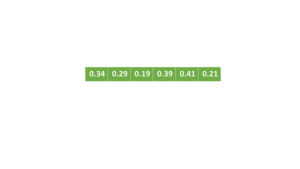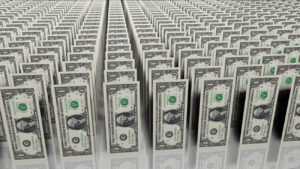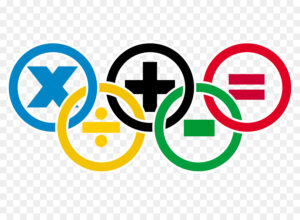How do we Multiply Fractions?

What are Fractions?
Fractions can be defined as a part of a whole. A fraction is used to describe parts of a certain size. The size or whole number can be any specific value of a thing or an object. We can also say that a fraction is a section or portion. Several operations can be performed on them, such as adding, subtracting, dividing, and multiplying fractions.
Parts of Fractions
Suppose we have a fraction 10/3. The value above the line is called the numerator. The number below the slash or bar is called the denominator. Thus, 10 is the numerator, and 3 is the denominator.
Types of Fractions
- Proper Fractions
Fractions in which the numerator’s value is lesser than that of the denominator are called proper fractions. It can be understood as numerator < denominator. E.g., 4/7.
- Improper Fractions
Fractions in which the value of the numerator is greater than that of the denominator are called proper fractions. It can be understood as numerator > denominator. E.g., 7/4.
- Mixed Fractions
A fraction that has a combination of an integer part and proper fractions is known as a mixed fraction or mixed numeral. E.g., 5 ½
- Like Fractions
A group of fractions that have the same denominator are called like fractions. For example, ¾, 5/4, 19/4 are a set of like fractions. It is effortless to perform arithmetic operations on such fractions.
- Unlike Fractions
A group of fractions that do not have the same denominator are called unlike fractions. For example, 5/3, 7/9, 17/12 are unlike fractions. To perform arithmetic operations such as addition and subtraction on these fractions, they first have to be converted into like fractions by taking the LCM of the denominators and then multiplying each fraction with a number so as to convert all the denominators into the value of the LCM.
- Equivalent Fractions
Two or more fractions are said to be equivalent if they can be simplified into one of the given fractions. E.g., 2/4 and ½. 2/4 on dividing by 2 gives ½.
Steps to Multiply Fractions
- The first step is to multiply all the numerators and write them above the line or slash.
- The second step is to multiply all the denominators and write them below the line.
- Simplify the resultant fraction.
Example: ½ and 5/7
- Multiplying the numerators, we get 5.
- Multiplying the denominators, we get 14
- Hence, our fraction is 5/14, and it cannot be simplified further.
Multiplying more than Two Fractions
We can simplify terms before multiplying to make the process easier.
Example: ½, ⅘, 5/10
By canceling out common factors, our result is ⅕.
Multiplying Mixed Fractions
We first convert the mixed fractions into improper fractions and proceed to multiply them, as mentioned above.
E.g., 2 ⅔ and 3 5/2
2 ⅔ coverts to 8/3 and 3 5/2 is 11/2. Thus we multiply and simplify 8/3 and 11/2 to get 44/3.
Conclusion
To instill vital concepts, it is best to turn to an online tutoring platform such as Cuemath. At Cuemath, the certified tutors use several resources such as worksheets, workbooks, etc., to teach a fun-filled and impactful lecture. They ensure that kids can maintain their own pace of work and have an enjoyable learning experience. To know more, log on to www.cuemath.com and I wish you all the best!




